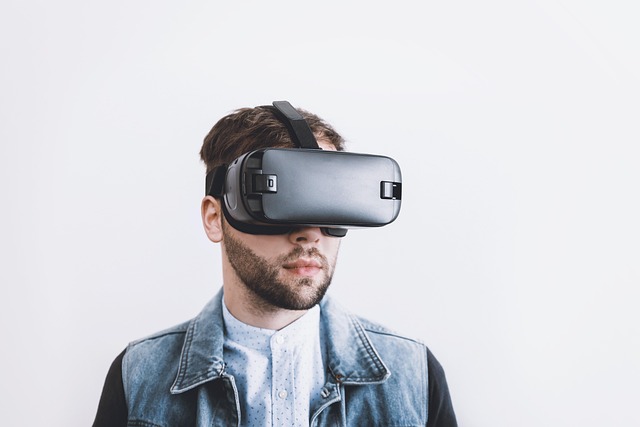Exploring the Future: Cooperative VR in Simulation
Virtual Reality (VR) has come a long way since its inception, but the most thrilling frontier yet to be fully explored is cooperative VR. Imagine stepping into a completely immersive environment where you can collaborate with others, share experiences, and learn together in a way that feels just as real as if you were in the same physical space. The potential of cooperative VR in simulation is not just a fleeting idea; it’s becoming an integral part of various industries and our everyday lives.
The Essence of Cooperative VR
At its core, cooperative VR offers a unique blend of technology and human interaction. It allows users to connect in virtual spaces, breaking the boundaries of geography and time. With cooperative VR, the experience isn’t only about individual immersion; it’s about collective engagement. Picture a team of engineers working on a new product design, wandering through a fully interactive 3D model of their creation, and altering it in real time, sharing insights that might have taken days or weeks to communicate normally. It’s this idea of shared experience that elevates simulation into a new realm of possibility.
Applications in Different Sectors
The integration of cooperative VR into simulation extends far beyond traditional gaming. In education, for instance, students from different backgrounds can navigate the same biological system or chemical reaction together, fostering a deeper understanding through shared exploration. Imagine medical students collaborating in a virtual operating room, practicing techniques and making decisions in real time without the consequences of real patients. These shared experiences not only boost learning outcomes but also create a sense of camaraderie among participants.
In the world of corporate training, employees can engage in realistic simulations of real-world challenges, where they must work together to find solutions. This method of learning is invaluable; it nurtures teamwork, enhances communication skills, and prepares employees for the complexities of modern work environments. The benefits of cooperative VR simulations are clear—organizations can save money, enhance performance, and cultivate a stronger workforce, all while making training more engaging.
The Challenges Ahead
Despite its potential, the journey towards realizing the full capabilities of cooperative VR in simulation comes with challenges. Technological limitations are the most immediate hurdles. High-quality graphics, seamless interaction, and immersive experiences demand sophisticated hardware that can be cost-prohibitive for many institutions and organizations. However, as technology advances and becomes more accessible, we can expect these barriers to diminish.
Furthermore, fostering genuine collaboration in virtual spaces requires the development of social protocols and a deep understanding of human behavior in these environments. As we advance, it will be crucial to create systems that not only support interaction but also cultivate trust and camaraderie among users, akin to what we would find in face-to-face interactions.
The Road Ahead
As we look to the horizon, the future of cooperative VR in simulation promises to be not only captivating but revolutionary. It’s a realm where the potential for shared learning transcends the limitations of our current educational and professional landscapes. Immersive simulations that allow individuals to work together, experiment, and innovate are just the beginning.
In this ever-evolving digital age, embracing cooperative VR could lead to transformative developments in how we learn, work, and interact. So, as we navigate the future, the question we should ask ourselves is not just how we can use technology to enhance simulation experiences, but rather how can we truly connect with each other in virtual worlds? The answer may just shape the way we experience reality itself.



